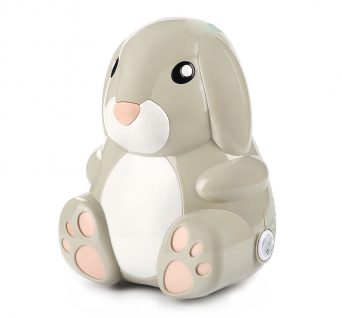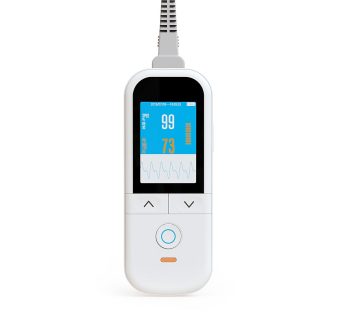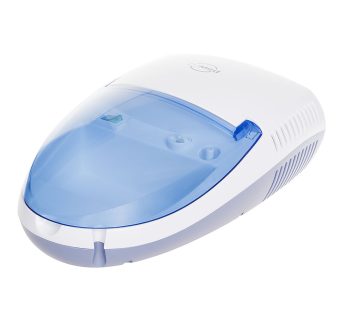Subtotal: $1.99
Cart
You may be interested in…
-
Nebulisers
Bunny Rabbit Kids Nebuliser
Compact size compressor nebuliser designed as an adorable Bunny Rabbit shape
A nebuliser changes liquid medication into an aerosol, or mist, so that it can be inhaled. Nebulisers are used to deliver medication directly to the lungs, delivered where it is needed most.
This nebuliser is designed specifically for kids to enjoy while in use. Easy to bring anywhere.
SKU: 9100021 -
Nebuliser Accessories
Nebuliser Bowl Kit
Nebuliser kit with masks, nebuliser bottle and tubbing.
An accessory set, which includes masks, bottles and tubings for those patients undergoing nebuliser therapy at home. It comes in with two sizes for the mask, one for adult use and another for pediatric use.
Masks are adjustable to provide for a perfect fit for the user.
SKU: 911021 -
Pulse Oximeters
Handheld Pulse Oximeter, Rechargeable
Rechargeable, large display and accurate sensor probe.
Pulse oximeter is perfect for use at home as well as suitable to be used in a hospital or a medical facility. It measures pulse and oxygen saturation level.
Continuous pulse oximeter runs off all digital technology and is intended for non-invasive spot check measurement of human hemoglobin/oxygen saturation levels and heart rate through the hospital type finger sensor.
SKU: 200202 -
Nebulisers
Clinical Compressor Nebuliser
Clinical compressor nebuliser with accessory storage compartment
For patients with a respiratory illness, such as asthma, nebulisers offer a quick and effective way to find relief from their symptoms.
With the use of a nebulizer, patients can inhale their prescribed medication directly into the lungs, giving them fast relief from inflammation — and allowing them to breathe easier.
Order now for a FREE delivery!
SKU: 910024
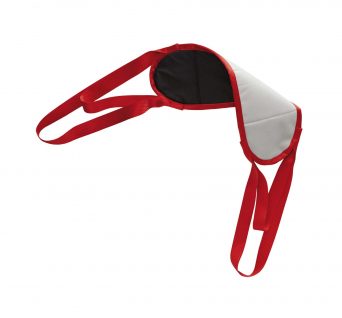
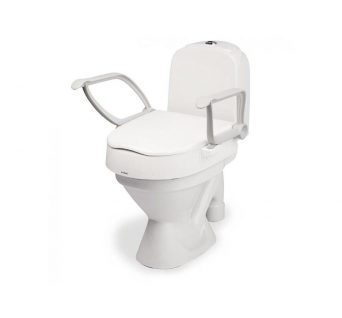



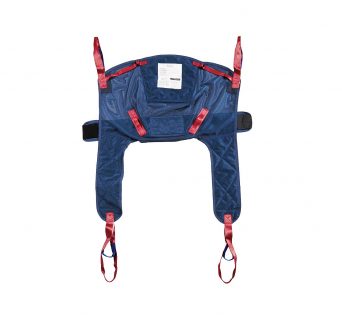
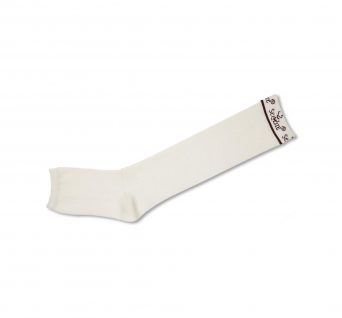

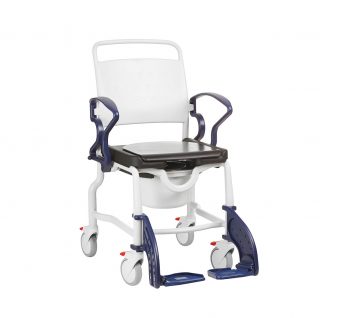
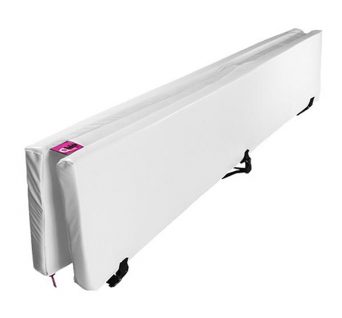
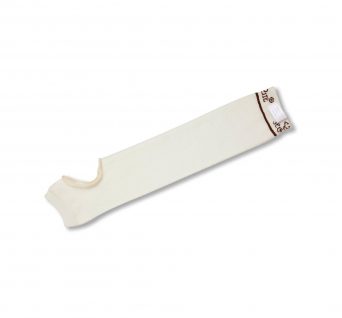



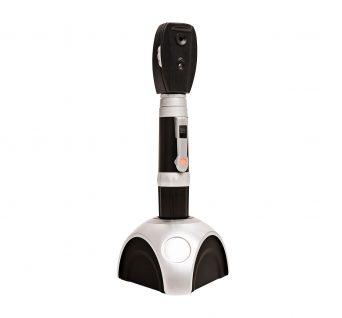

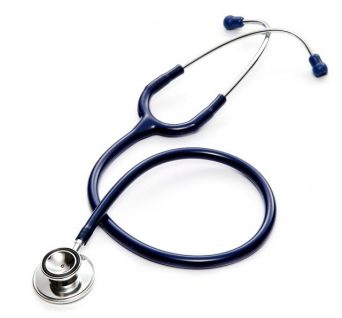
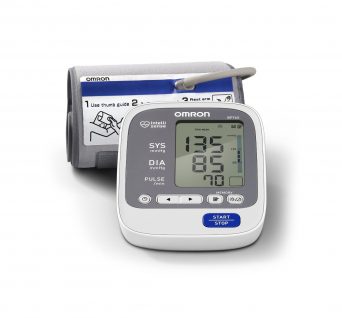
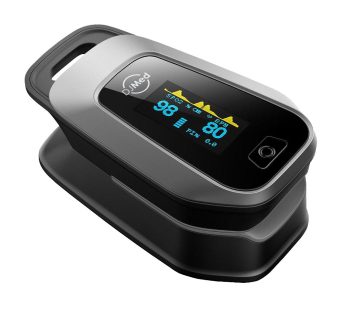
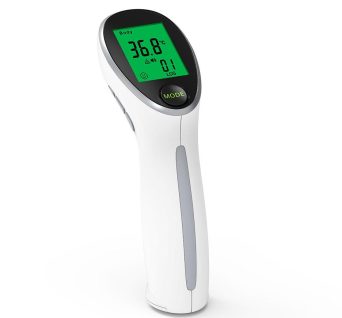


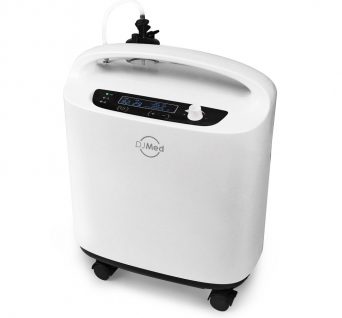

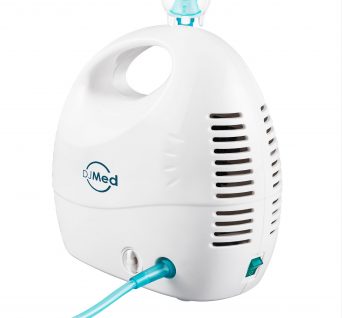
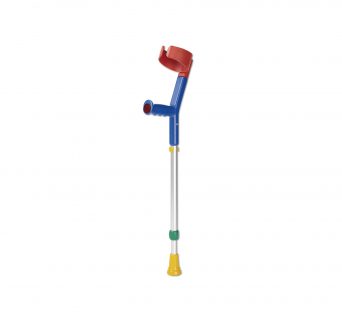
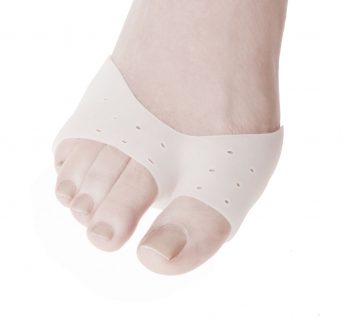



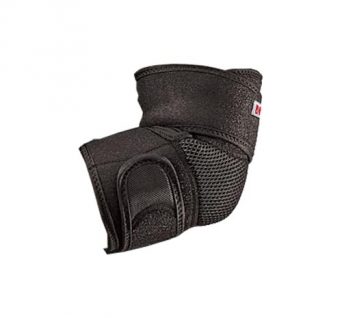
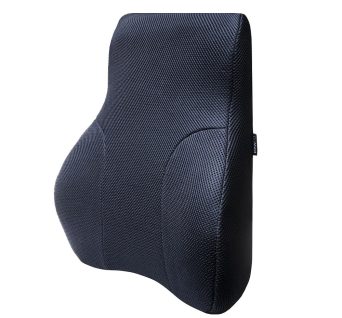
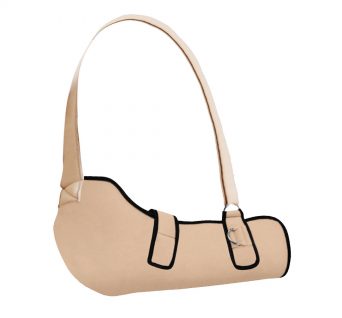
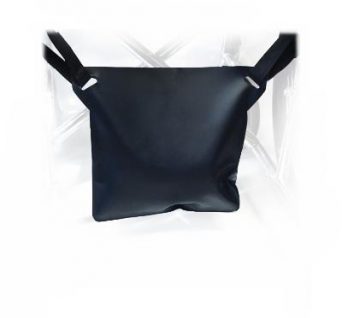
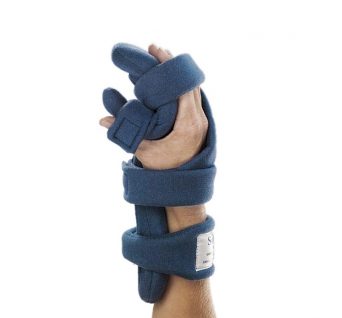
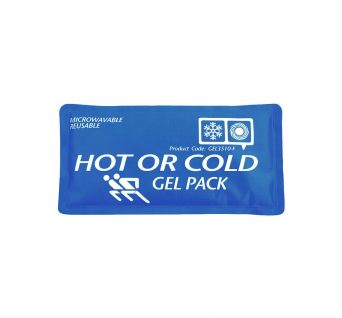

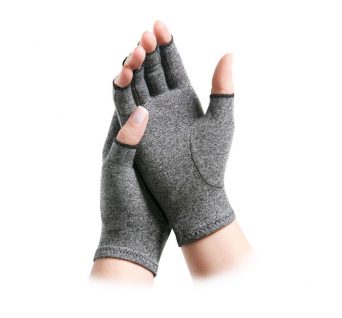
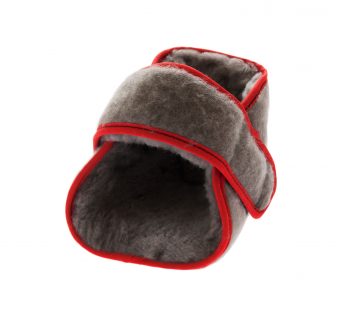

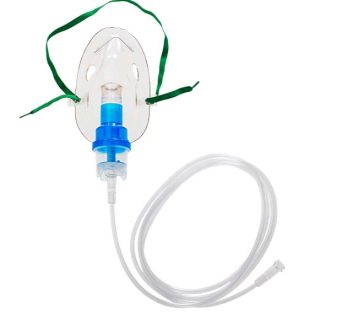 Nebuliser Mask, Adult
Nebuliser Mask, Adult 